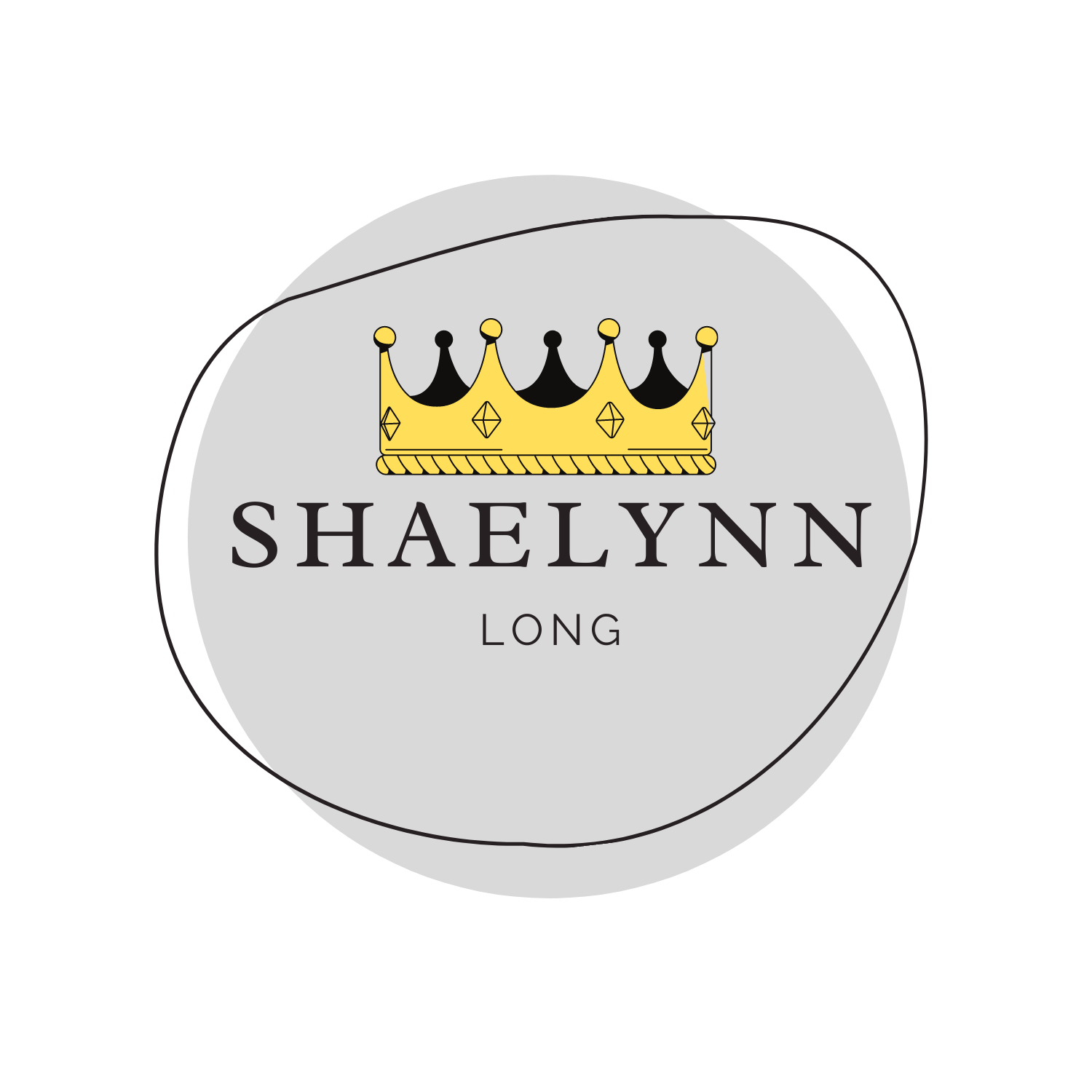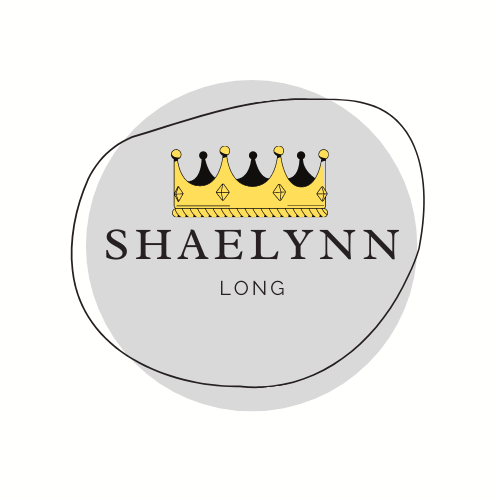Character Creation
If you came here or clicked on this thinking I’m gonna talk to you about Save the Cat or some other story development method, this is not that kind of blog post. #sorrynotsorry
There are so many other writers and theorists out there with things to say on that. I don’t pretend to have a miraculous method.
One of the most interesting conversations I ever got into was about character creation, building, and development. Predictably, it was with a writer’s group that I was invited to join. (Shout out to Lindsay, Carey, Brittany, Desiree, and Javier!) We were in the midst of frantic writing sessions, desperate for feedback and knowing if people were getting what we were doing. With any group devoted to workshopping creative projects, there’s bound to be some discussion of approaches. We shared a few and talked about the primary method of story building we learned in our MFA and whether or not it was working for us. Although we were all successfully writing and creating characters that the other people in the group were rapidly falling in love with or were super intrigued by, each one of us was developing characters differently.
Honestly, if there’s one thing that gets talked about a lot by writers aside from plots, it’s characters. There are some genres that are more plot-driven, of course, and others that are more character-driven. Sometimes, regardless of genre, a plot comes to me before a character.
I, for one, cannot predict how a story starts for me. It’s a wild thing. It’s born out of something I’ve heard or scene—sometimes just a feeling. I get intrigued by myths, which probably comes as no surprise to those of you who’ve written the blurb about my first novel. I like researching things and then finding a way to twist the existing fabric into something new.
Casting the Roles
I don’t typically fill out a bio sheet right away or anything like that—instead, I cast the character. I look at lists and photos of actors and select the one who most resembles what I’m thinking about. For Fury’s Fate, for example, I cast Adelaide Kane (from Reign and a myriad of other projects) as my main character. One of her fellow Furies is Megan Fox. For her love interest, it’s Austin Butler. For the vampire friend, it’s Michael Malarkey (he was my favorite on Vampire Diaries, do not @ me).
This is a non-negotiable part of the process. I need the visual, and it’s best if I’m somewhat familiar with their work so I know how they physically react and move in an environment. Now, I know that actors are actors and alter movements and physical reactions to whomever they’re becoming in certain roles, but having a particular person in mind still helps me.
Choosing Their Damage
Everyone’s got something lurking. Or, at least, my characters do. They’re all carrying around some kind of damage, whether it’s physical, emotional, social, etc. I basically sit down and figure out what their hangups are. What do they find difficult and why? It can feel a bit like D&D in some regard, as I’m basically assigning amounts of damage or problems to everyone.
“You, sir, take 20 damage in that fight.”
Want vs. Need
Now, this you will probably find in most story development or character development articles and books. A character typically wants something but they often need something else. What they need arises from whatever damage they’ve been allotted. The plot, then, forms around the moments a character needs to go through in order to get what they want and/or what they need. The and/or is because oftentimes characters shouldn’t get what they want, and it’s through the not getting of what they wanted that they realize they need something different.
Layering
I’m gonna warn you that this is not the most efficient part of the process. And I adore efficiency. But writing is simply not an efficient pastime. It just isn’t, and I have relegated myself to that fact. There are things about writing that can be made efficient, but I don’t find that character development is one of them. It takes me a long while to figure out who they are.
Sometimes I use a software for the layering work, like Plottr, but sometimes I just open up a new document, mark out the chapters, and then I map out the plot points. It depends on how much of the story I have planned out already if I go chapter by chapter or character by character. I usually start by entering in the major points of tension between characters, since those are the Big Moments of a story.
Where does the layering come in? Well, if I’m going character by character, I’ll plan out the entirety of the story with one character and then repeat that process with each of the characters who have a major role in the story. Then I go in and insert the minor character movements and moments. This helps me see the book in a really visual way—I can start to see where some chapters will be the smaller moments that get our characters from Big Moment to Big Moment. And it’s not that those moments are less important—it’s that I need to see where they are so I can track all of the characters through the story and make sure everyone’s getting to where they’re supposed to be by the end of the story.
It’s Not Foolproof
But I’m not sure I’ll ever find a story development or character development method that is. Maybe I will. Talk to me in a decade or so.

